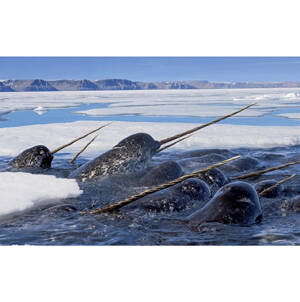
The scientific name of narwhal: Monodon monoceros, foreign names Narwhal, Unicorn Whale, no subspecies.As a protected Arctic species, narwhals are social animals that live mainly in the northern end of the Atlantic Ocean and the Arctic Ocean. A small number of narwhals are also found in the Greenlan...
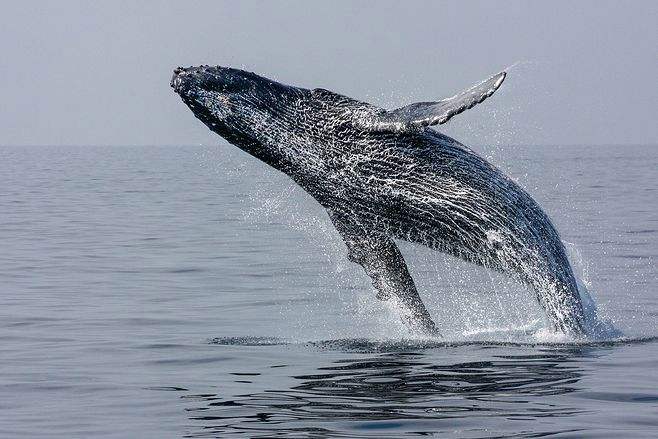
Baird's beaked whale, whose foreign name is Baird's beaked whale, may be the largest of all beaked whales.The appearance of the Bel's beaked whale is so similar to that of Aldrich's beaked whale that some people believe that the two are the same species. However, their habitats are i...

Blainville's beaked whale is the most common species in the genus Blainville.Blainville's beaked whales usually move alone or in pairs, and small groups of 3 to 7 (occasionally up to 12) have also been recorded.The beaked whale generally performs shallow dives, but can dive deep for up to 45...
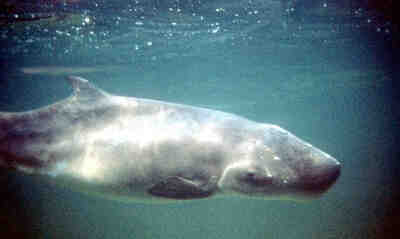
Dwarf Sperm Whale, no subspecies.The species of Dwarf Sperm Whale was not widely recognized until 1966, so it was often unclear in the literature before then which species "Kogia" was targeting. No subspecies of the pygmy sperm whale have been found. However, based on sequencing of the mit...
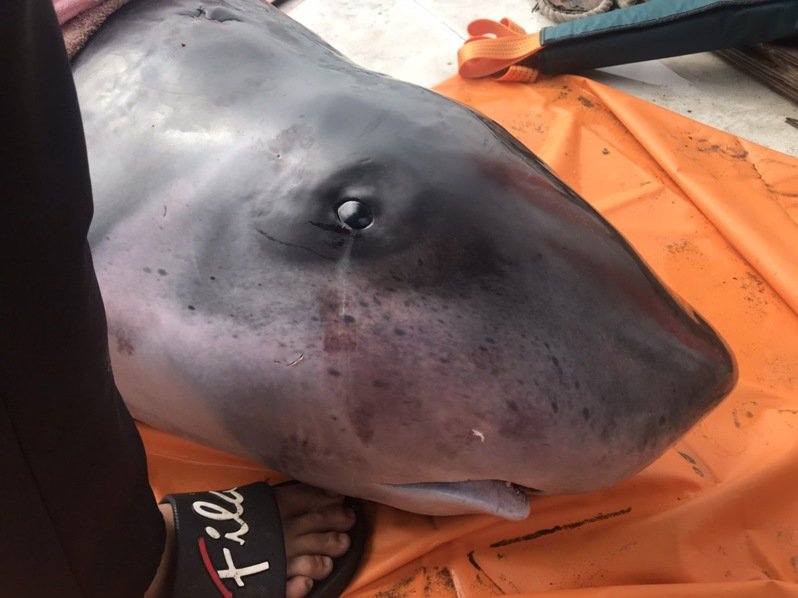
Pygmy sperm whale, foreign name, no subspecies.Pygmy sperm whales move alone or in small groups, sometimes up to about 6 in a group. This species is an oceanic warm-water species. It is timid and slow-moving. It swims at a speed of about 3 miles per hour. The mist column it emits when breathing is u...
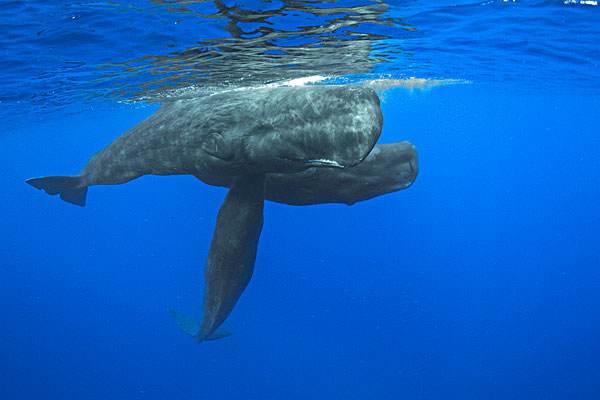
Sperm Whale, with no subspecies, has the largest brain in the animal kingdom.Sperm whales like to live in groups, often with a few male whales and a large group of female whales and calves forming a large group of more than dozens, or even two or three hundred. They migrate north and south every yea...
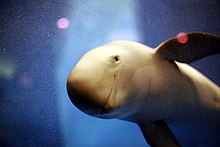
The Indo-Pacific Finless Porpoise has no subspecies.The Indo-Pacific Finless Porpoise is a relatively shy and elusive animal. They do not form large groups. They like to move alone or in pairs, and usually do not form groups of more than 4-5. Most commonly seen in small groups including females and/...
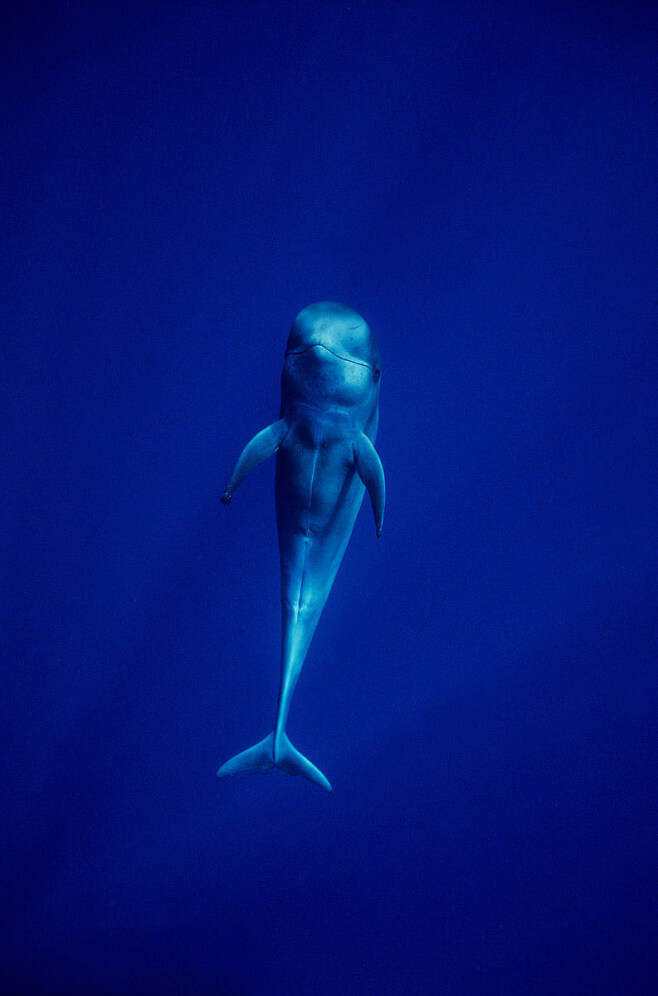
Short-finned pilot whale is a warm-water oceanic species.Short-finned pilot whales are most easily confused with other small black fish, such as false killer whales, followed by melon-headed whales and small killer whales. The dorsal fin is the best distinguishing feature.Short-finned pilot whales l...
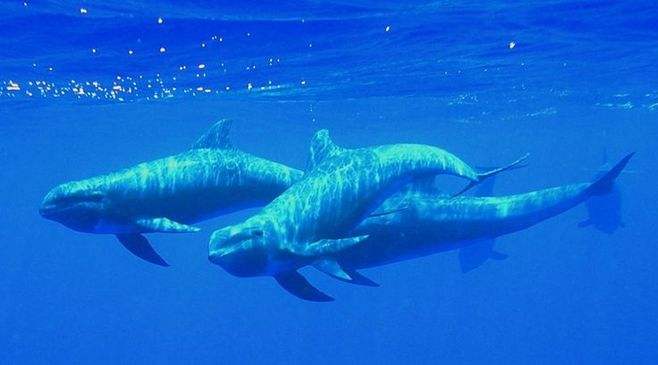
Melon-headed whale, also known as Melon-headed whale, has no subspecies. Its characteristics are similar to those of the genus Orca, but it has more teeth.Melon-headed whales are a highly social species. They often appear in groups of hundreds or even more than 1,000, and the whale groups also inclu...
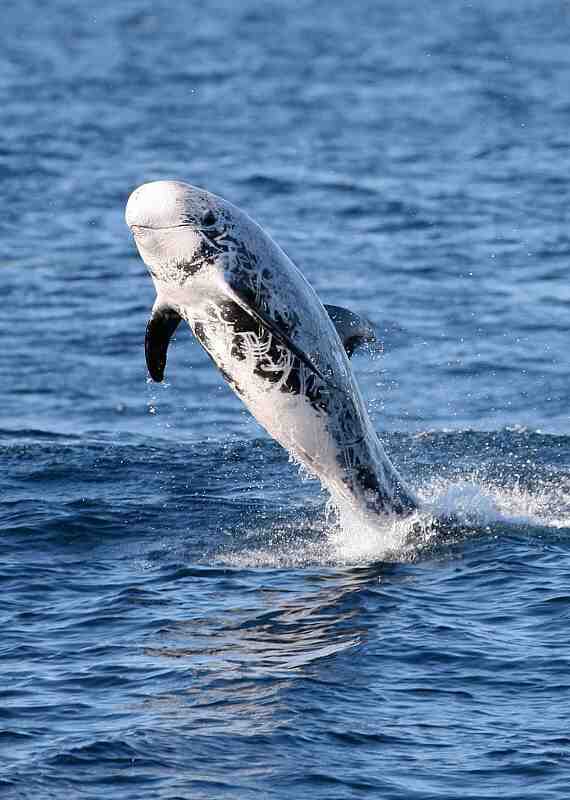
The gray dolphin is called Risso's dolphin in English, and has no subspecies.The gray dolphin has the habit of swimming in the ocean. Usually there are groups of 10 to dozens of heads, and there are also large groups of hundreds of heads, and sometimes mixed with other types of dolphins. Gray do...
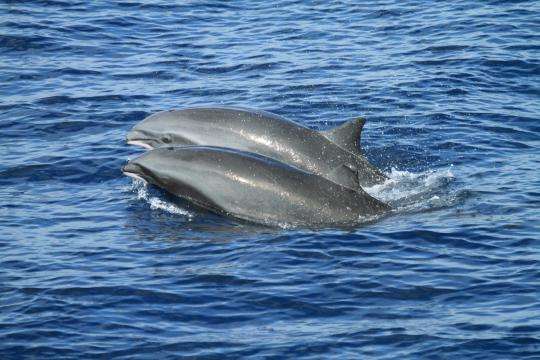
The Sarawak dolphin is called Fraser's Dolphin in foreign language, and there is no subspecies.The Sarawak dolphin is a tropical, offshore species, and it usually swims in groups of dozens to hundreds of individuals, and even in large groups of thousands of individuals. They often swim with spot...
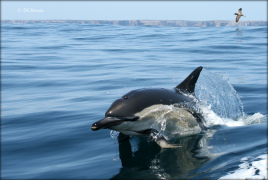
Common dolphins are called common dolphins in English. There are two species (long-beaked common dolphins and short-beaked common dolphins), with a total of four subspecies.Common dolphins belong to the order Cetacea, the family Delphinidae, and the genus Delphinus in taxonomy. There are two species...

Long-beaked common dolphin, with two subspecies, is a warm-water species.Long-beaked dolphins are social mammals. Sometimes more than 1,000 individuals form a large dolphin group, and a smaller dolphin group can also be composed of 10 to 30 closely related dolphins.At the surface, long-beaked dolphi...
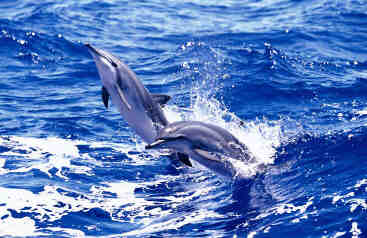
Short-snouted Spinner Dolphin, with no subspecies, is a deep-water species in the ocean.Differences between similar species: The short-beaked spinner dolphin is thicker than the long-beaked (spinner) dolphin (Stenella longirostris), and its dorsal fin is less triangular; in addition, as its name sug...
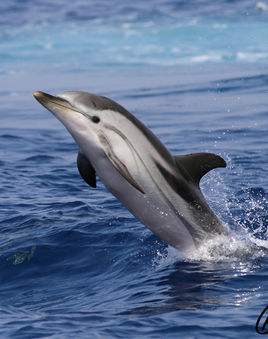
Striped dolphin, with no subspecies, is a common dolphin in the Pacific Ocean.Striped dolphin has the habit of living in the ocean. They often move in groups of dozens to hundreds, and there are also large groups of thousands of them; in the Western Pacific, the groups can be divided into: juvenile...
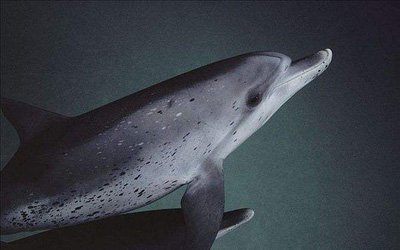
Pantropical spotted dolphin, with two subspecies, may be the most common cetacean.Pantropical spotted dolphin is a social animal, swimming in groups of a few to thousands, with more members in offshore groups than in coastal groups. In Japanese waters, 2-year-old dolphins will join other dolphins un...

Rough-toothed dolphin, a dolphin with special teeth.Rough-toothed dolphins usually form a "pod" (a term for groups of dolphins, seals or whales) of 10 to 30, and there are also "pods" of up to 160, which contain 8 smaller groups. Occasionally swims with pilot whales, bottlenose d...

The Ganges River Dolphin is a nominative subspecies of the South Asian river dolphin.The Ganges River Dolphin looks like a crocodile. When breathing, it often floats to the surface at a certain angle, so it may be mistaken for a crocodile in some areas. The entire head and beak of the Ganges River d...
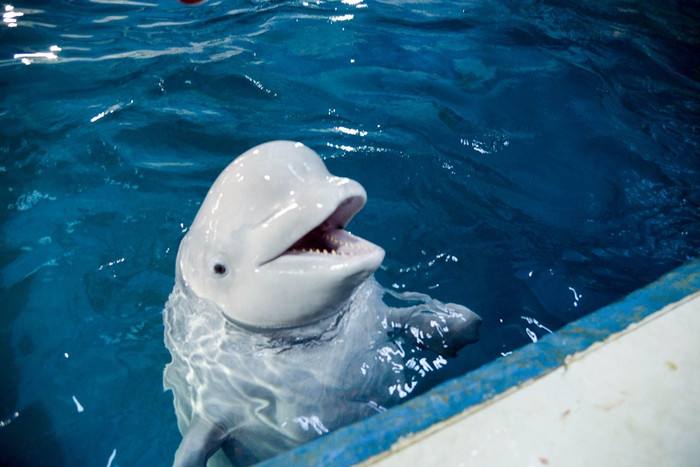
As the name suggests, it is a white whale. It is called the cutest whale in the world because it looks cute, looks like a dolphin, and is close to humans.Not only is the beluga whale cute, it also has a relatively high IQ, even comparable to a three-year-old child. Therefore, the beluga whale gives...